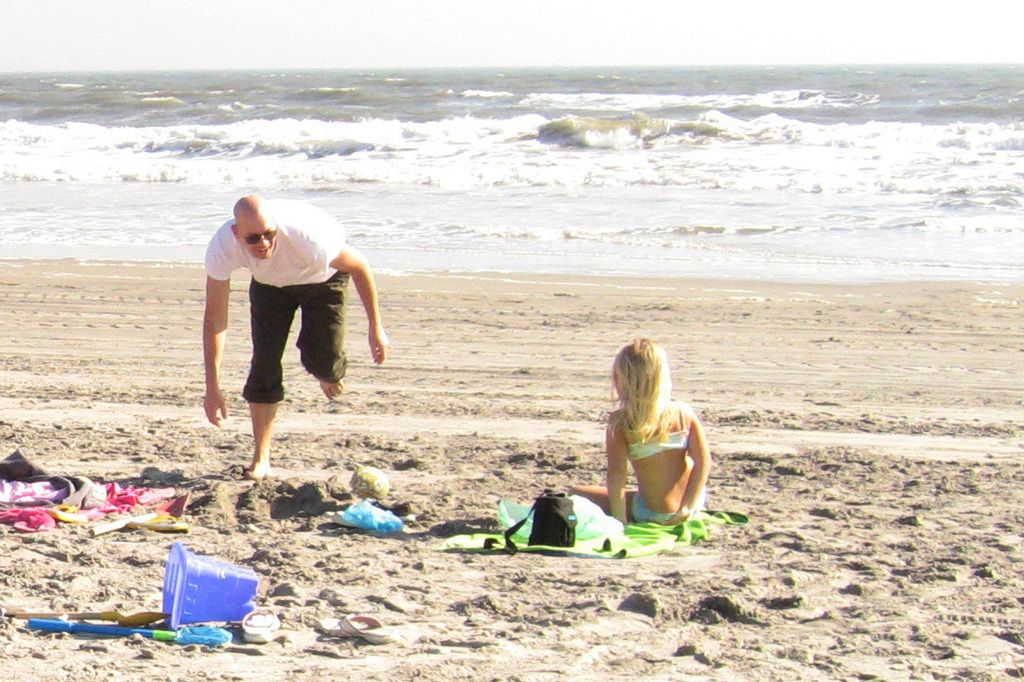South Africa's Fynbos Jewel: The Knysna Banana Frog, a Hidden Treasure
In the Heart of South Africa's Garden Route:
Discovered in the dense, verdant greenery of South Africa's famed Garden Route, the Knysna Banana Frog (Afrixalus knysnae) is a rare, vibrant amphibian that's a true emblem of the region's unique biology.
Hidden away in the lowland coastal forests, wetlands, and fynbos shrubland, this diminutive dweller boasts a striking appearance and a crucial ecological role. Residing primarily in a fragmented belt between Knysna and Port Elizabeth, this enigmatic creature is both a testament to the region's biodiversity riches and a barometer of its fast-shrinking habitat's health.
A Pivotal Critter Caught in a Delicate Balance
While smaller in stature, the Knysna Banana Frog packs a powerful punch in the fragile web of life along South Africa's coastal ecosystems. Its presence or absence offers a wealth of insights into the ebb and flow of one of the world's most fascinating floral kingdoms.
Habitat and Lifestyle
The Knysna Banana Frog is a resident of wetlands, fynbos shrubland, and seasonal water bodies. This globally unique biome, renowned for its remarkable diversity and endemism, provides the perfect habitat for this elusive creature. Its existence hinges on seasonal rainfall and permanent water sources for reproduction and survival.
Keen on the edges of marshes, seasonal pans, and slow-moving streams, the fynbos provides protection, cover, and mating platforms for the frog. Composed of a tangled mass of reeds, sedges, and flowering shrubs, this ecosystem is not only visually stunning, but it teems with life. However, the fynbos is highly sensitive to climate change, fire regimes, and human development, creating threats for the Knysna Banana Frog and countless other species that call this region home.
Habitat loss due to urban expansion, agriculture, and invasive plant species is one of the gravest threats the frog faces. Climate change further adds to the problem by altering rainfall patterns and intensifying competition for limited breeding sites.
Physical Characteristics and Behaviour
Typically less than 30 millimeters in length, the Knysna Banana Frog flaunts yellow-green to olive skin with specks or lines of brown. Its oversized eyes and translucent underbelly are characteristic of many reed frogs. Males distinguish themselves with a gular sac that swells like a balloon during mating calls, emitting a rapid, high-pitched series of clicks.
A nocturnal beast, the Knysna Banana Frog spends much of its time tucked away in low shrubs or sedges near water. It feasts on small insects like mosquitoes and gnats, making it a handy ally in the battle against pests.
Breeding occurs during the wet summer seasons, with males calling out to attract females and mating taking place in vegetation hovering over still water. Eggs are laid on leaves above water, and after hatching, tadpoles plummet into the water below to complete their development, an inspired adaptation aimed at evading aquatic predators.
Ecological Significance
Though petite in size, the Knysna Banana Frog plays a monumental role in its ecosystem. As a predator of insects, it aids in controlling pest populations. Its eggs and tadpoles supply food for birds, insects, and fish while its mere presence functions as an indicator of clean, efficient wetland ecosystems.
Because amphibians are highly sensitive to environmental toxins, they act as sentinel species, often signaling problems like pollution, drought, or habitat fragmentation. In short, preserving this tiny frog isn't just about saving one species; it's about securing the health of entire wetland systems that support a vast array of plants and animals, and provide essential ecosystem services like water filtering, flood control, and carbon sequestration.
Cultural and Mythological Significance
Although not widespread in cultural folklore, frogs hold deep symbolic meaning across various cultures worldwide. In African mythology, frogs are often associated with rain and fertility, embodying the cycles of the seasons and the promise of renewal.
Within South Africa's Indigenous Khoisan communities and other regional cultures, frogs represent the living memory of the land, serving as reminders of water's sacred role in sustaining life. The banana frog's call at dusk signals the return of the rains and the rejuvenation of the earth.
Conservation Status and Challenges
Currently listed as Endangered on the IUCN Red List, the Knysna Banana Frog faces a myriad of challenges due to its narrow range and specialized habitat.
Major Threats:
- Urban Development along the Garden Route, particularly in areas like Knysna and George.
- Wetland Drainage for agriculture and infrastructure.
- Invasive Plant Species such as pine and wattle trees, which alter soil chemistry and water availability.
- Climate Change and its impact on rainfall patterns and drying breeding pools.
- Pollution from pesticides and fertilizers, damaging delicate amphibian skin and reproductive systems.
Conservation Efforts:
- Protected Areas within the Garden Route National Park.
- Wetland Restoration Projects aimed at removing invasive species and introducing native vegetation.
- Citizen Science Monitoring, encouraging local communities to report sightings and frog calls.
- Environmental Education programs teaching children and families about the importance of amphibians and wetland ecosystems.
However, more support is necessary to ensure the species' survival. The continued existence of the banana frog requires comprehensive, long-term strategies that address both land protection and public awareness.
The Knysna Banana Frog may be small, but its impact is significant. In its vibrant hue and elusive calls, there is a warning-and a hope. A sign of the dwindling wetlands, their vanishing inhabitants, and the possibility of reversing the damage wrought by man. Protecting this frog means safeguarding an ecosystem teeming with life, buoyed by clean waters, singing insects, and communities that call this remarkable landscape home. It's about amplifying the call of the banana frog, echoing so future generations can still hear it.
In unison, we must bear witness to the stories that the land whispers, and answer the call to protect the connective thread that binds us all. For the sake of the Knysna Banana Frog, and for the sake of the world we inhabit.
Stand by the Land, Stand by the Frog
- ### The African Toad: Big, Bold, and Toxic in More Ways Than One
- ### Frog Popsicles: The Freezing Fun of Arctic Amphibians
Enrichment Data:
- The Knysna Banana Frog is critically endangered due to habitat loss, climate change, and invasive species. Its future survival depends on land protection, wetland restoration, effective conservation measures, and citizen science monitoring.
- The Knysna Banana Frog plays a vital role in controlling pest populations, and its disappearance can signal larger problems within its wetland ecosystem.
- As an amphibian, the Knysna Banana Frog is a sentinel species, sensitive to environmental toxins, which makes it an important indicator of ecosystem health.
- Conservation efforts include habitat protection within the Garden Route National Park, wetland restoration projects, citizen science monitoring, and environmental education programs.
- Frogs hold deep cultural and mythological significance in many societies, often symbolizing rain, fertility, and the cycles of life. In African mythology, frogs are associated with rain and renewal, while in South Africa's Khoisan communities, they represent the land's living memory and the sanctity of water.
- The Knysna Banana Frog, a vibrant amphibian endemic to South Africa's Garden Route, lives in the fynbos, wetlands, and seasonal water bodies, contributing to the region's unique biology.
- Its physical appearance is striking, with yellow-green to olive skin, large eyes, and a translucent underbelly, while its oversized male sac inflates during mating calls.
- Connecting to the broader ecosystem, the Knysna Banana Frog aids in insect control, provides food for other species, and serves as an indicator of wetland system health.
- This Endangered species faces challenges such as habitat loss due to urban development, agricultural activities, and invasive species, as well as climate change and pollution.
- To support conservation efforts, measures include creating protected areas, restoring wetlands, citizen science monitoring, and environmental education programs aimed at both children and families.
- Finding balance between development and conservation is essential to ensure the continued existence of the Knysna Banana Frog, safeguarding the Garden Route's rich biodiversity and the health of its inhabitants.
- Frogs hold deep symbolic meaning in various cultures, particularly frogs in African mythology, which are often associated with rain, fertility, and the cycles of life. In the Khoisan communities of South Africa and other regional cultures, frogs embody the living memory of the land, reminding us of the sacred role of water in sustaining life.








